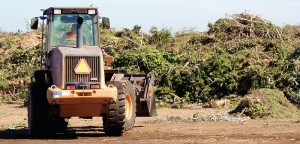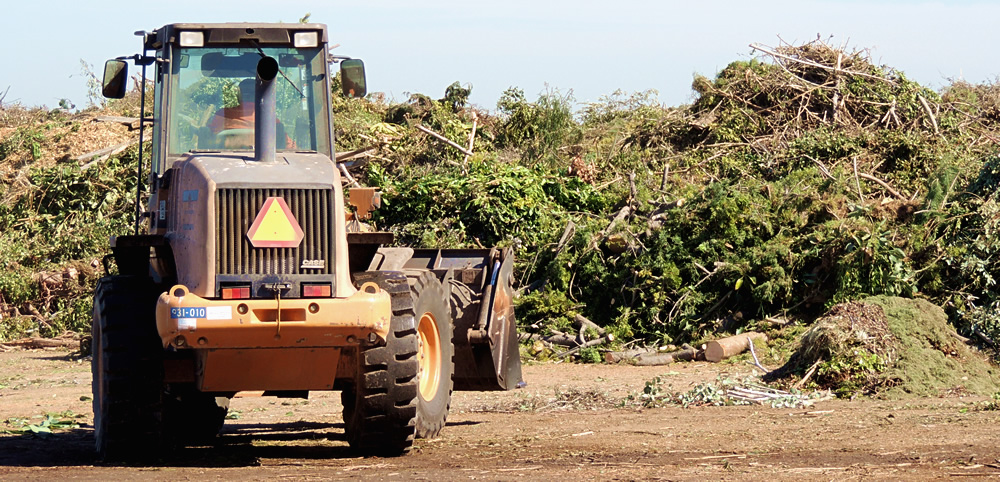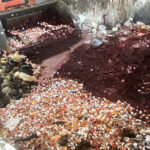On September 28, 2014 California Governor Jerry Brown signed two landmark pieces of legislation that will lead to significant increases in the amount of organic wastes available for composting and anaerobic digestion. AB 1826, introduced by Assembly Member Wesley Chesbro, requires the state’s commercial sector, including restaurants, supermarkets, large venues and food processors, to separate their food scraps and yard trimmings and arrange for organics recycling service. Compliance will be phased in, starting in 2016 with the largest generators of food waste. AB 1826 builds on the success of the mandatory commercial recycling program established by AB 341.
 AB 1594, introduced by Assembly Member Das Williams, finally overturns a 1996 law that allowed landfilled yard trimmings to count as being “diverted” from landfills when used as alternative daily cover (ADC), a practice that served as a major competitor to the actual recycling of this material through composting and anaerobic digestion. Landfills are required to be covered at the end of each working day to reduce odor and vector impacts, and California has allowed yard trimming to be used for this purpose in lieu of traditional soil cover. By counting this practice towards a local government’s recycling requirements, this policy had in effect created an incentive to landfill green materials instead of recovering and returning them to the soil through composting.
AB 1594, introduced by Assembly Member Das Williams, finally overturns a 1996 law that allowed landfilled yard trimmings to count as being “diverted” from landfills when used as alternative daily cover (ADC), a practice that served as a major competitor to the actual recycling of this material through composting and anaerobic digestion. Landfills are required to be covered at the end of each working day to reduce odor and vector impacts, and California has allowed yard trimming to be used for this purpose in lieu of traditional soil cover. By counting this practice towards a local government’s recycling requirements, this policy had in effect created an incentive to landfill green materials instead of recovering and returning them to the soil through composting.
Implementation Of Laws
AB 1826: Commencing April 1, 2016, businesses that generate 8 cubic yards (cy) or more a week must source separate food scraps and yard trimmings and arrange for recycling services for that organic waste in a specified manner. On January 1, 2017, businesses generating 4 cy or more per week of organics are also subject to the diversion requirement. The bill also requires a business that generates 4 cy or more of commercial solid waste per week, on and after January 1, 2019, to arrange for organic waste recycling services and, if the California Department of Resources Recycling and Recovery (CalRecycle) makes a specified determination, would decrease that amount to 2 cubic yards, on or after January 1, 2020. Each jurisdiction, on and after January 1, 2016, is required to implement an organics recycling program to divert organics from the businesses subject to this act, except as specified with regard to rural jurisdictions, thereby imposing a state-mandated local program by imposing new duties on local governmental agencies.
AB 1594: Commencing January 1, 2020, use of green material, as defined, as alternative daily cover (ADC) does not constitute diversion through recycling and would be considered disposal for purposes of compliance with California’s mandated 50 percent diversion from disposal (required by AB 939, California’s source reduction and recycling law). Commencing August 1, 2018, the new law requires a local jurisdiction to include information in an annual report on how the local jurisdiction intends to address these diversion requirements and divert green material that is being used as ADC. If sufficient capacity at facilities that recycle green material is not expected to be operational before a certain date, local jurisdictions must include a plan to address those barriers.
September 30, 2014 | Policies + Regulations










